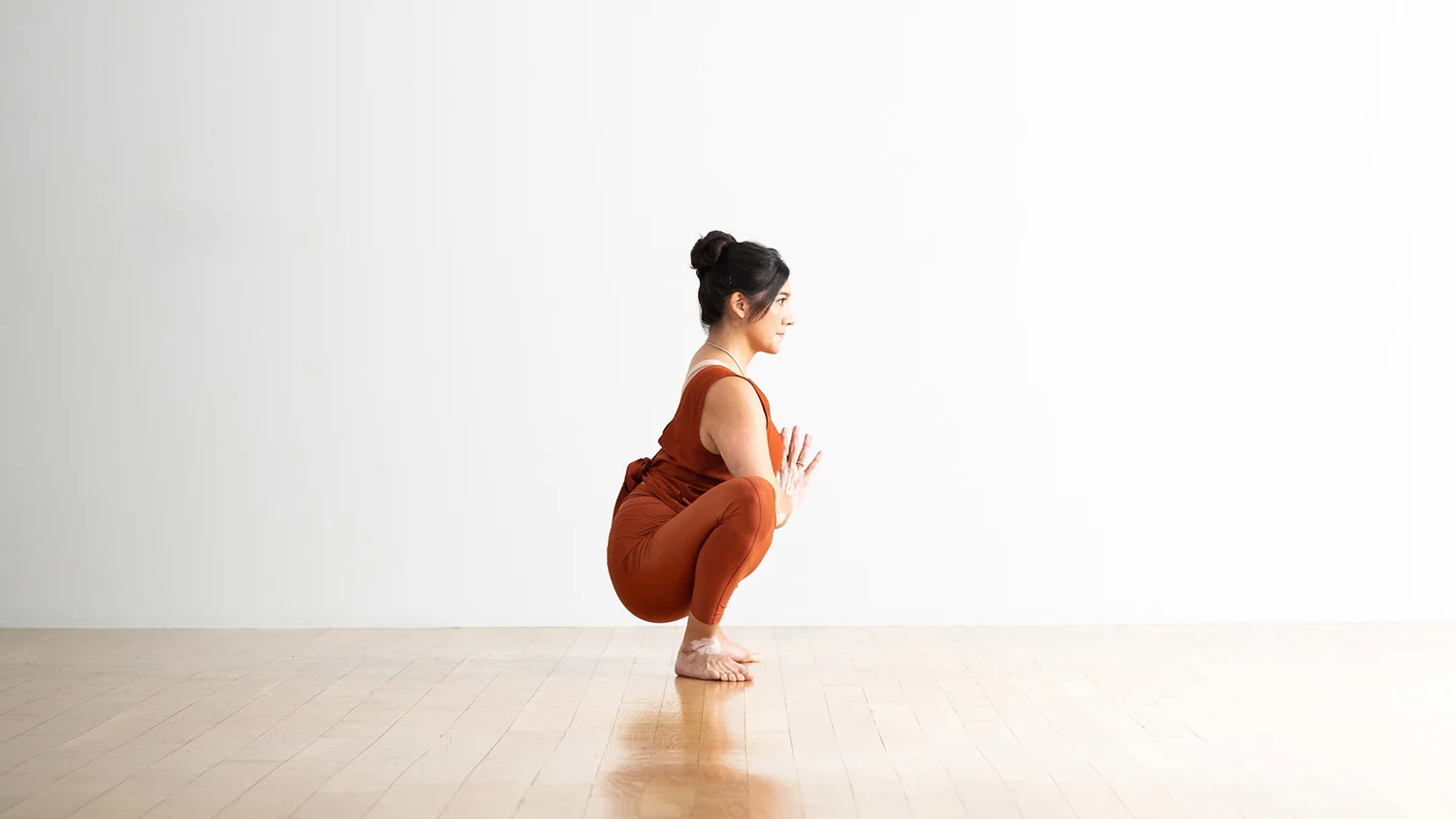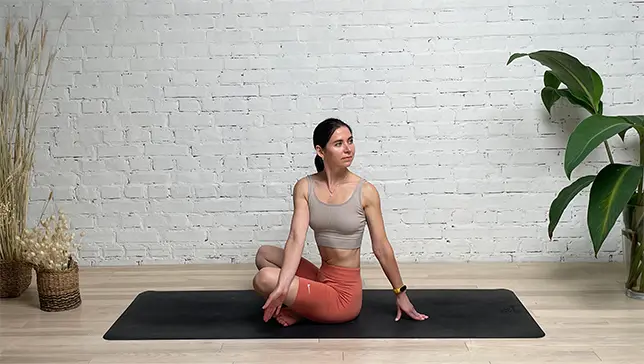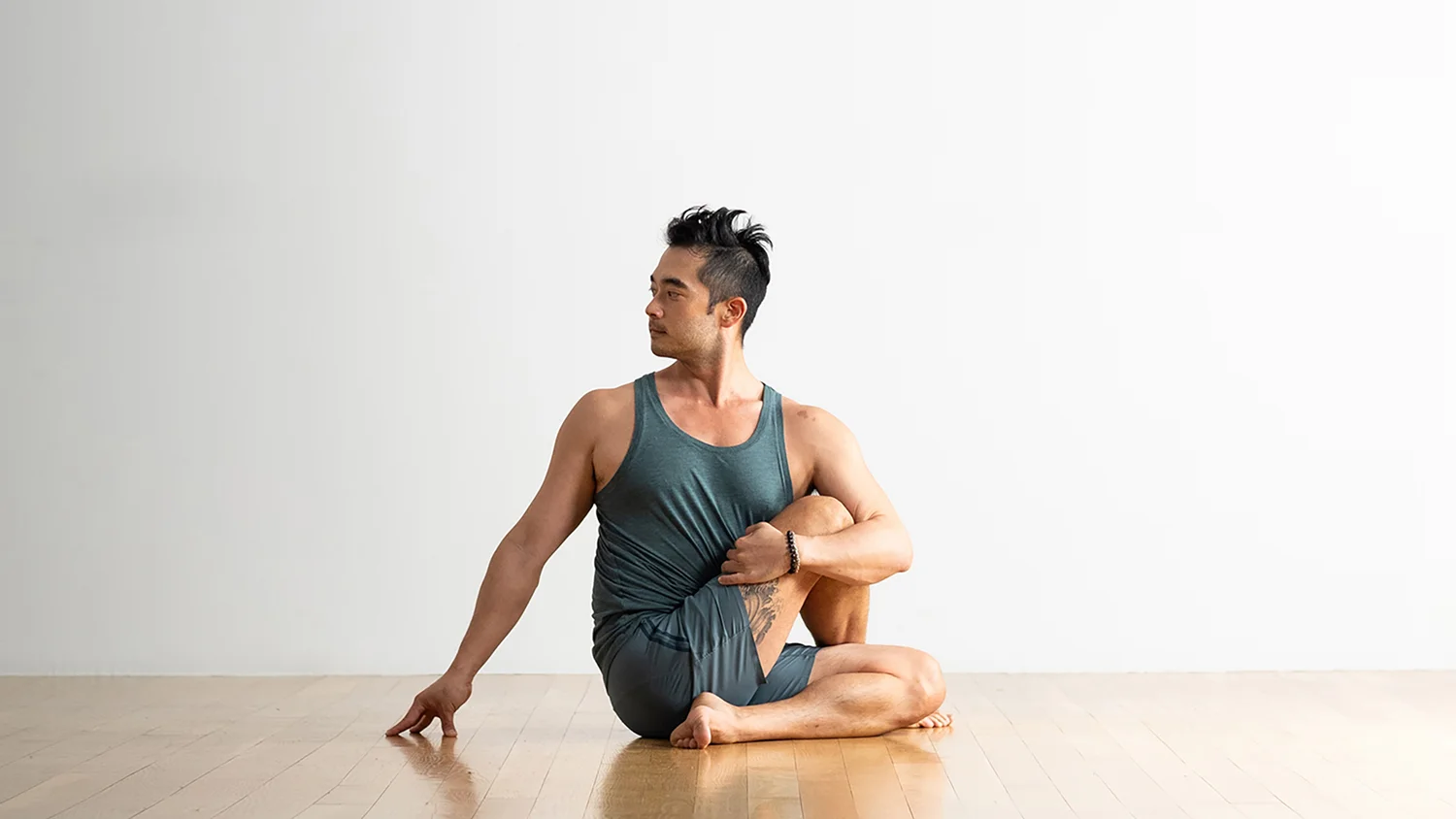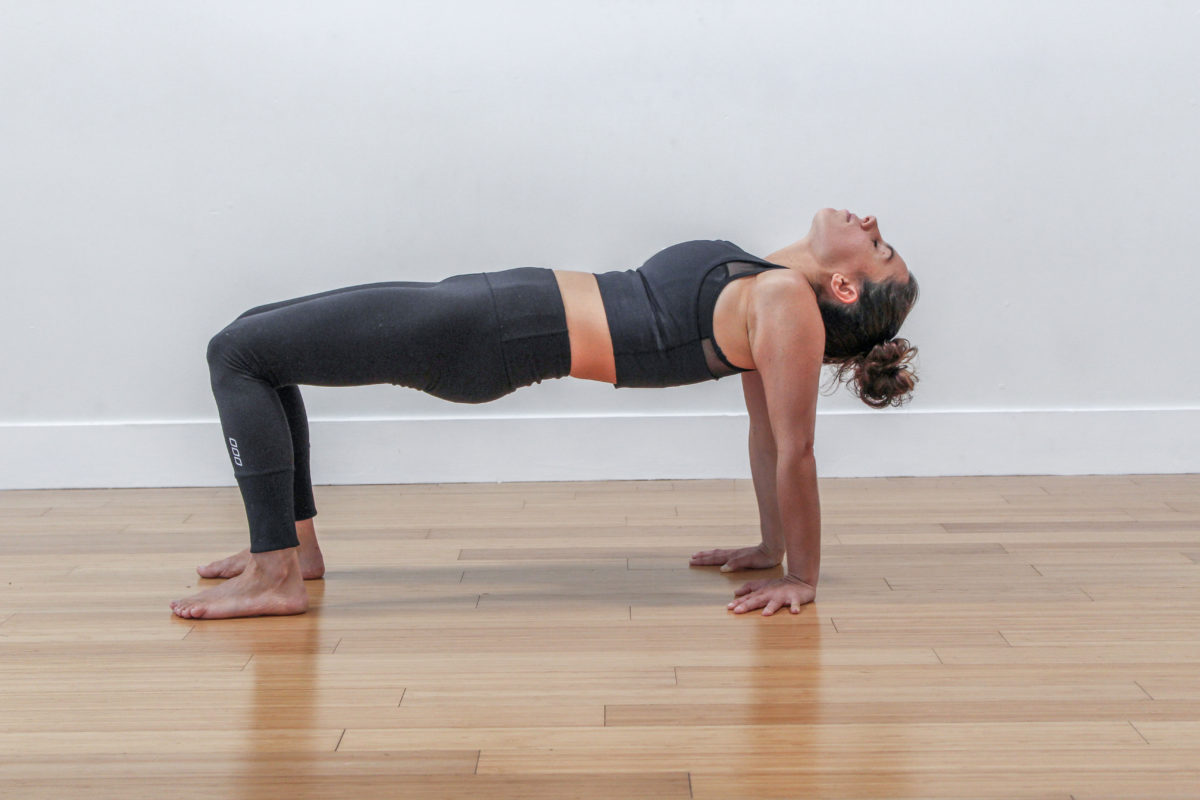Jivamukti is a physical, ethical, and spiritual practice, combining a vigorous yoga as exercise, vinyasa-based physical style with adherence to five central tenets: shastra (scripture), bhakti (devotion), ahimsā (nonviolence, non-harming), nāda (music), and dhyana (meditation).
The name Jivamukti is an adaptation of the Sanskrit जीवन्मुक्ति jivanmuktih, where jiva is the individual living soul, and mukti – like moksa – is liberation from the cycle of death and rebirth. Thus the Jivamukti method is "liberation while living".
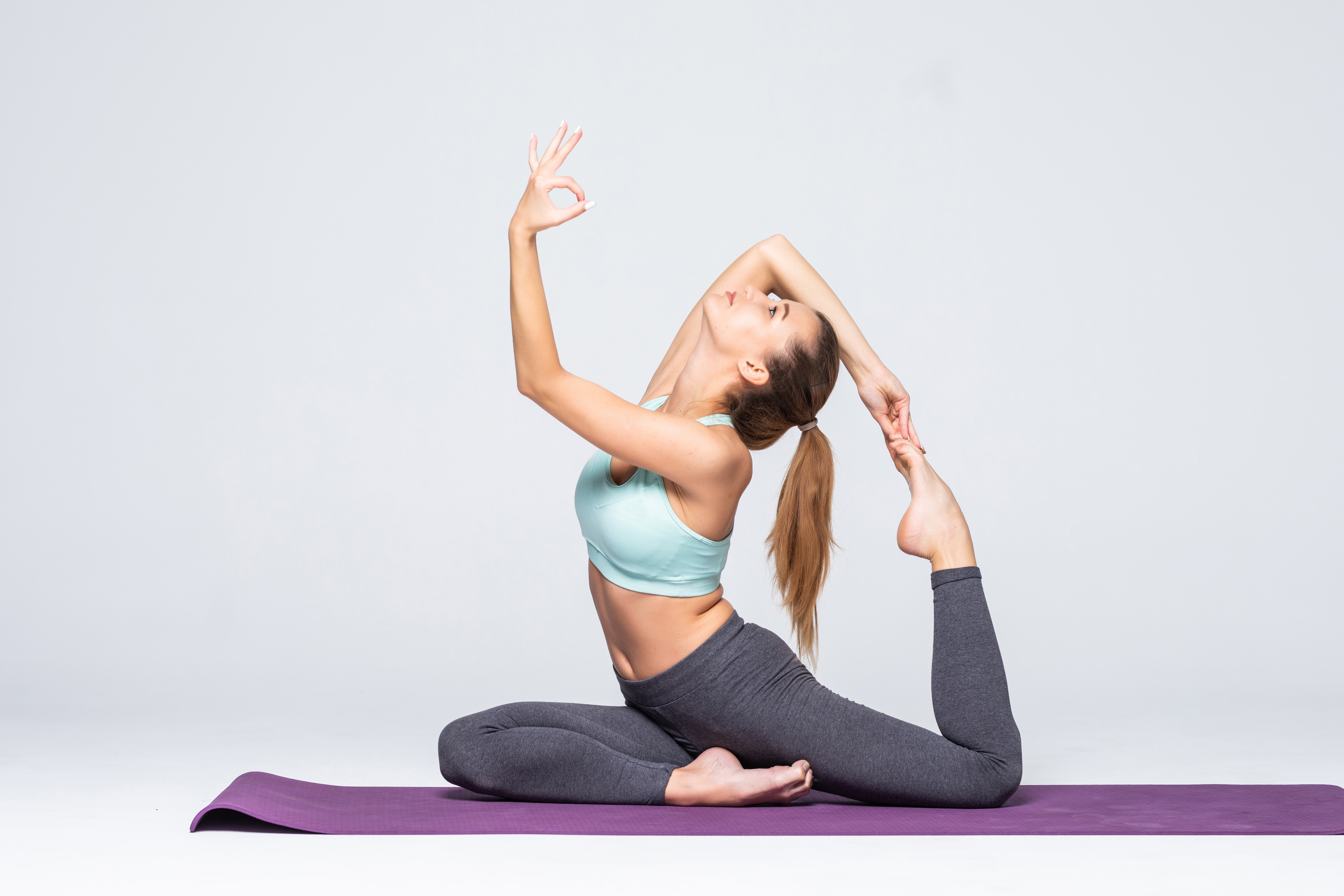
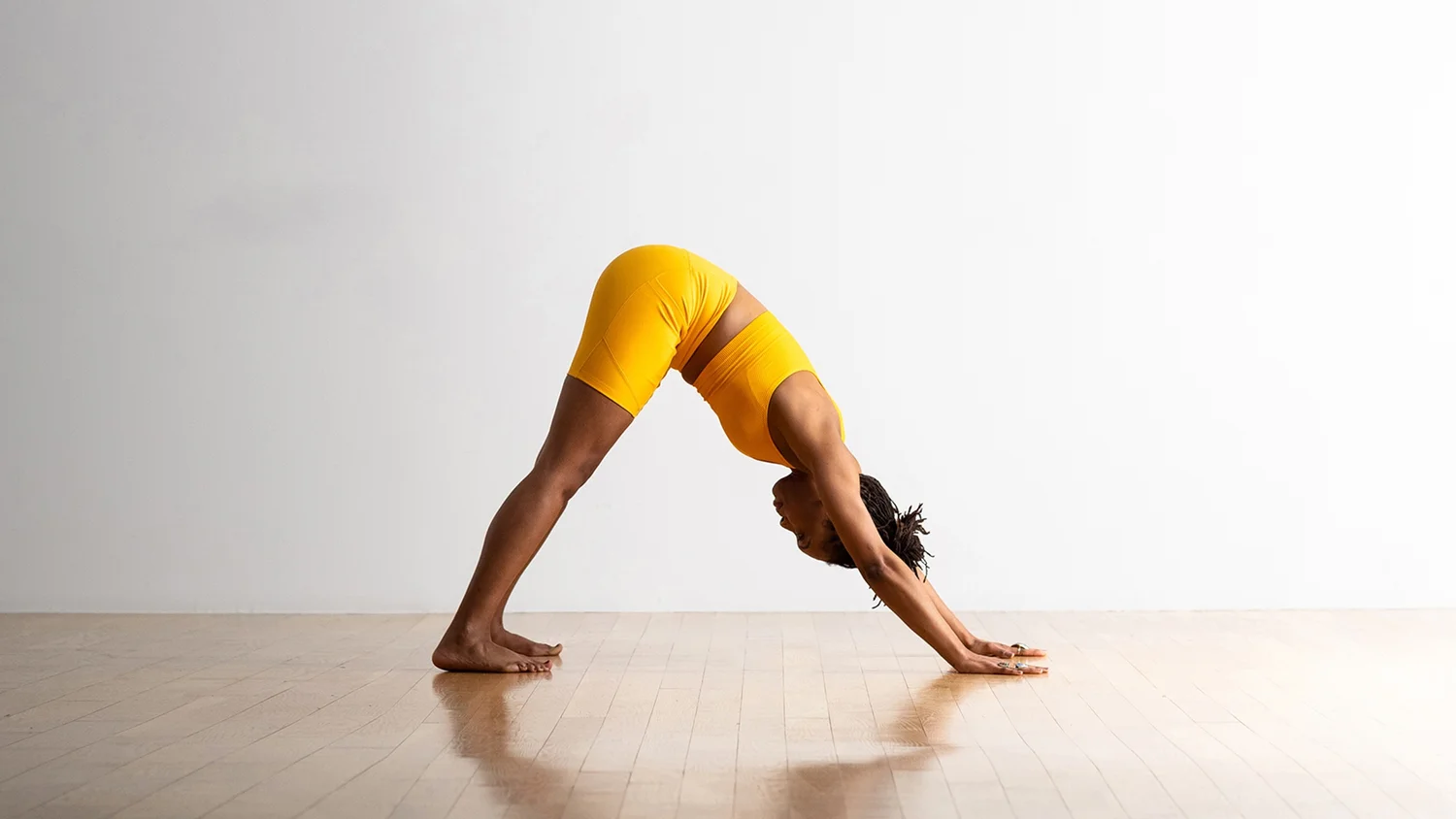
.webp)
